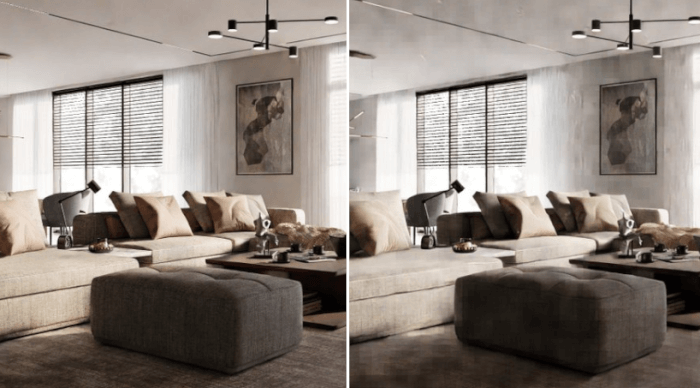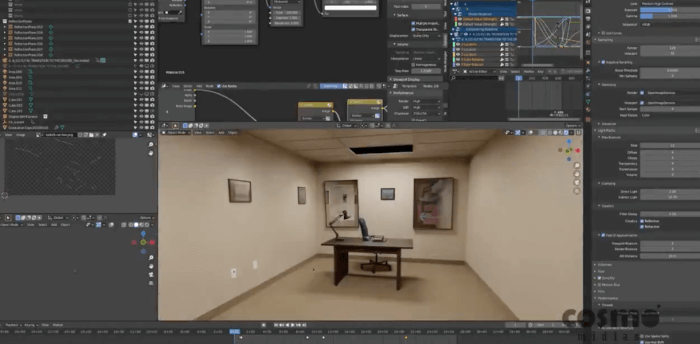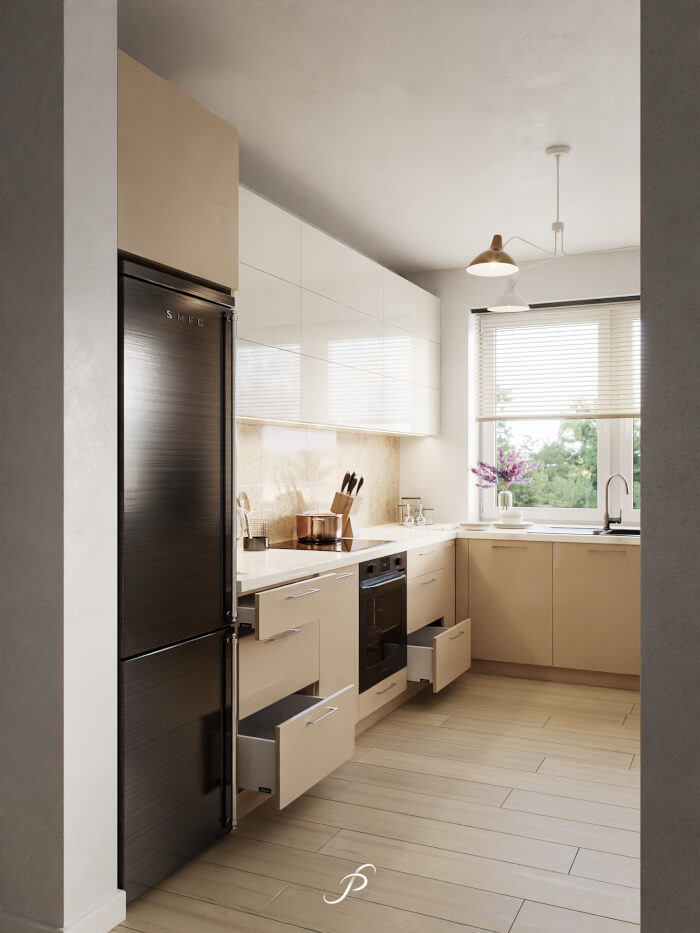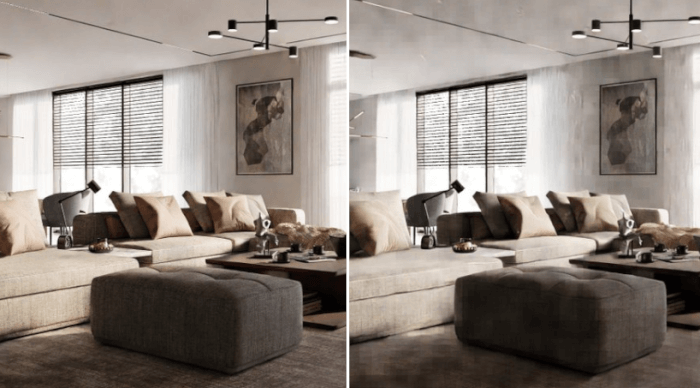
By the end of this month, we will probably see a stable release of Blender 2.9, which keeps all improvements introduced by version 2.8 and pushes it a little further. Besides adding some welcome improvements to the user interface experience, we also have some important updates on tools and resources.
One crucial field for architectural visualization that is about to get some significant updates is Cycles when working with multiple GPUs. Today, you could easily use more than one GPU for a rendering in Cycles, which would split the load. Each GPU could handle part of the rendering, which cut in half your render times in many cases.
The main problem with that solution in Cycles, when using “old” interfaces like SLi (for NVIDIA), is that your GPUs would still act as two different cards. A new technology from NVIDIA called NVLink is different and can make multiple cards work like a single one. That is also valid for available memory.
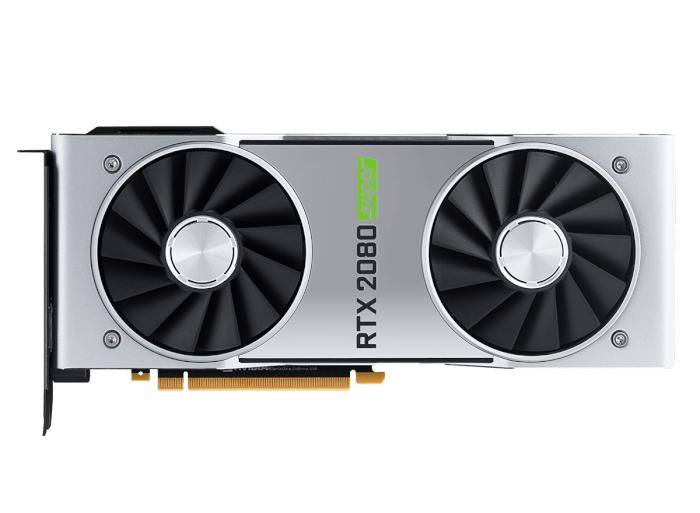
If you choose to use two cards with 8GB of memory and connect them with NVLink, you will get a single card with 16GB. In Blender 2.90, we have support for multiple GPUs using NVlink technology.
For massive scenes requiring a lot of memory, it is an incredible resource.
To connect the cards, you need an additional piece of hardware called a bridge. For instance, if you use in your workstation, a dual GeForce RTX 2070 Super connected with the NVLink, the final amount of memory available for your scenes in Blender will be 16GB.
If you want to go for an overkill setup, you could also pick a dual QUADRO RTX 8000 that would give you 96GB of memory.
Besides NVLink support, we also get OptiX working with older GeForce cards from the 700 to 1000 series).
Disclaimer: Some of the links above might be affiliate links, meaning, at no cost to you, we earn a commission if you click through and make a purchase. If you decide to purchase using our links, you will be helping us with the maintenance of Blender 3D Architect. Thank you for your support!

